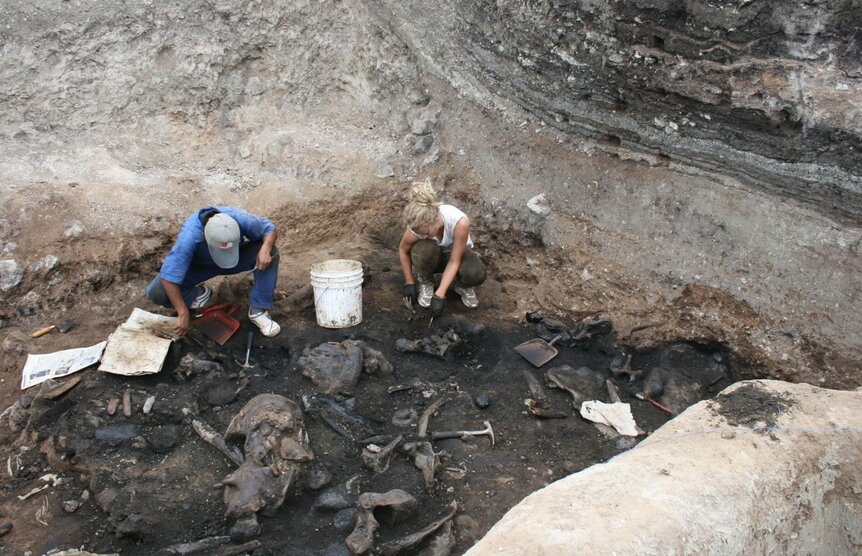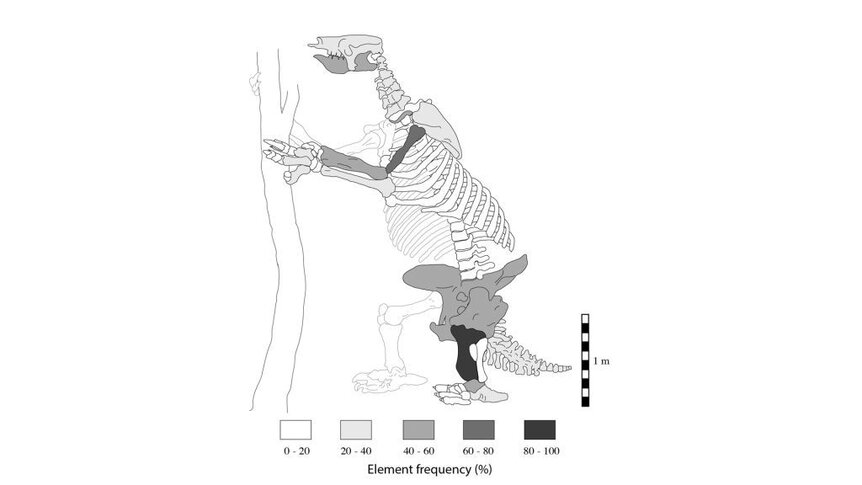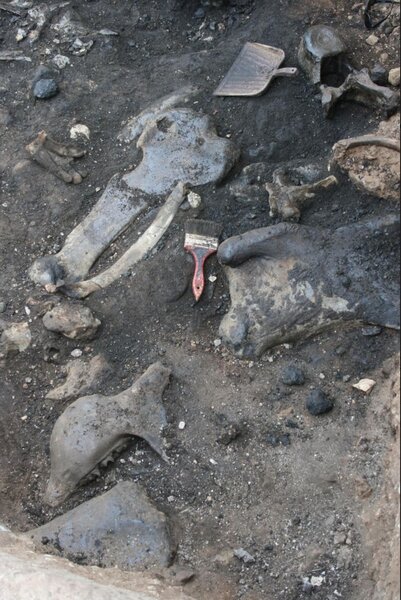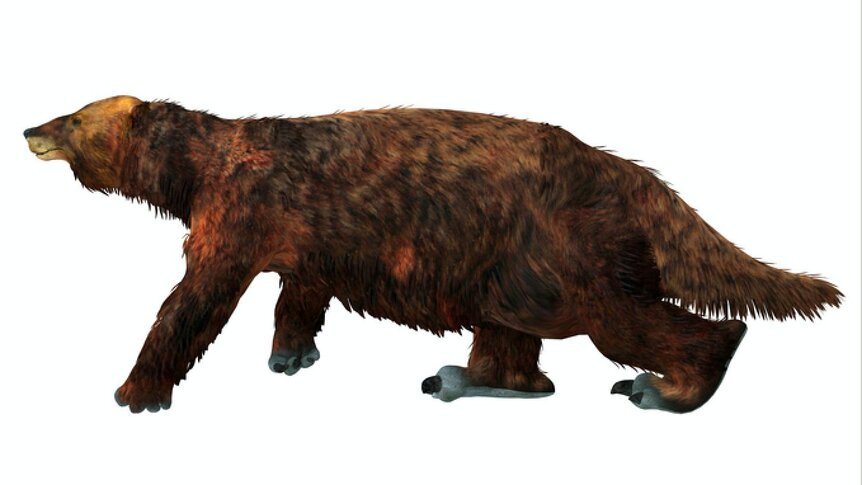Create a free profile to get unlimited access to exclusive videos, sweepstakes, and more!
Pungent poop-pit grave of 22 Ice Age giant sloths discovered in Ecuador

There are few more ignoble ways to perish than in a pit of your own poop, but these Ice Age giant sloths recently discovered by scientists in South America have long forgotten the humility of it all after experiencing their own demise trapped inside a self-imposed dungeon of dung.
A team of international scientists has recently unearthed the bones of 22 giant ground sloths (Eremotherium laurillardi) in a hellish, fossil rich hole at an excavation site named Tanque Loma in southwestern Ecuador. This prehistoric bed dates back to the last stages of the Pleistocene epoch (2.6 million to 11,700 years ago) and is a paleotological treasure housing thousands of large mammal bones.
In a new research paper published last month in ScienceDirect, lead study co-authors Dr. Emily L. Lindsey of the La Brea Tar Pits and Museum in Los Angeles, and Erick X. Lopez Reyes with the Universidad Estatal Península de Santa Elena, Av. Eleodoro Solorzano, La Libertad, Ecuador document and explain details of a mass-death grouping of adult and juvenile Eremotherium giant ground sloths that died in a marsh grave after accidentally ingesting their own feces in a contaminated pool of water.
The status and logistics of the piles of sloth bones and their proximity to each other indicates that the ancient animals headed off to heaven at about the same time. Researchers discovered that preserved, contaminated vegetation found in the pit provided a nasty picture of the mucked-up, polluted watering hole piled high with sloth poop that poisoned and killed the poor trapped beasts.
Per the paper's results, 575 bones representing 22 ground sloth adults dating them to around 18,000 to 23,000 years ago were catalogued. The specimens were remarkably preserved in one layer with little sediment separating them, which allows for the conclusion that the creatures died together and were soon submerged in the accumulated excrement.
Sloths are known for their incredibly slow-moving dispositions, but it turns out that such extreme sluggishness also applies to their bathroom habits. Modern sloths are notoriously large-volume defacators, losing up to one-third of their entire body weight after taking a long monthly constitutional. These Ice Age sloths seem to have had the same toilet routines as the study suggests that this tragically smelly event could have resulted from drought or disease caused by from the contamination of the quagmire, something observed today among hippo populations in crowded watering holes found on the African savannah.
Gargantuan ground sloths were once abundant in the Americas and are relatives of the tinier tree sloths seen in forested habitats today. The biggest of these mild-mannered herbivores, Megalonyx jeffersonii, reached up to 10 feet in height and would have dwarfed a full-grown human. They thrived in South America nearly 35 million years ago and became extinct at the end of the Pleistocene epoch, as did the majority of Ice Age mammals like saber-toothed tigers, short-faced bears, giant mastodons, cave lions, muskox, and dire wolves.
The huge lumbering beasts that once roamed the primeval forests are not only directly related to today's arboreal sloths, but were also distantly related to both anteaters and armadillos.































